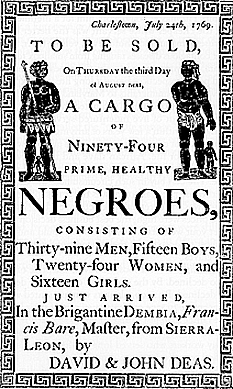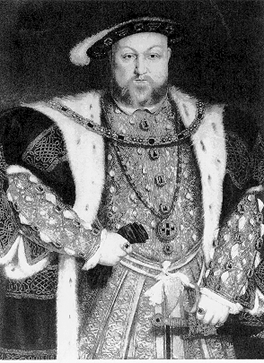 (1)
(1)
Explore the History of Native Americans,
Africans, and Europeans Before
THE NEW WORLD
 (1)
(1)
The New World is considered to be the Americas and the Carribean Islands. It was called the new world because it had never been explored before by people of the Old World, Europe, Africa, and Asia. The first people in the new world were known as Paleo-Indians, paleo means "old." The paleo-Indians entered the new world by crossing the Isthmus Beringia, from africa and Asia. Sadly, the paleo-Indians were wiped out by the time 8000 B.C., and they had no system of writing to identify them when they were gone. Also by 8000 B.C., today's Native Americans or Indians, came along.
 (2)
(2)
 (3)
(3)
The Native Americans believed in more than one God. The Europeans rejected their religion, because the
Europeans believed in one god-monotheism. The shaman was the religious leader/healer for the Native
Americans. The older women of the tribe were usaully the shaman or strongly considered first.
The Dakota Sioux Indians practiced a religious ritual called the Sun Dance. A man is hung in a upright vertical
position, by hooks attached to ropes in his chest, from a tree or pole. The male was to endure the pain for as long as possible, and to embrace the pain with a laugh or smile.
 (4)
(4)
 (5)
This ceremony was performed to prove the four male virtues:
(5)
This ceremony was performed to prove the four male virtues:
(1) Bravery (2) Generosity (3) Strength and (4) Intergrity. The Europeans later outlawed the Sun
Dance because they thought it was too grewsome.
 (6)
(6) (7)
(7)
 (8)
(8) THE EUROPEANS
 (10)
(10)  ·The men were farmers, herders, and had industrial jobs. Women (11) spent the majority of their time at home, unless they were
needed to help harvest the crops.
·The men were farmers, herders, and had industrial jobs. Women (11) spent the majority of their time at home, unless they were
needed to help harvest the crops.
DIVERSITY AND UNITY?